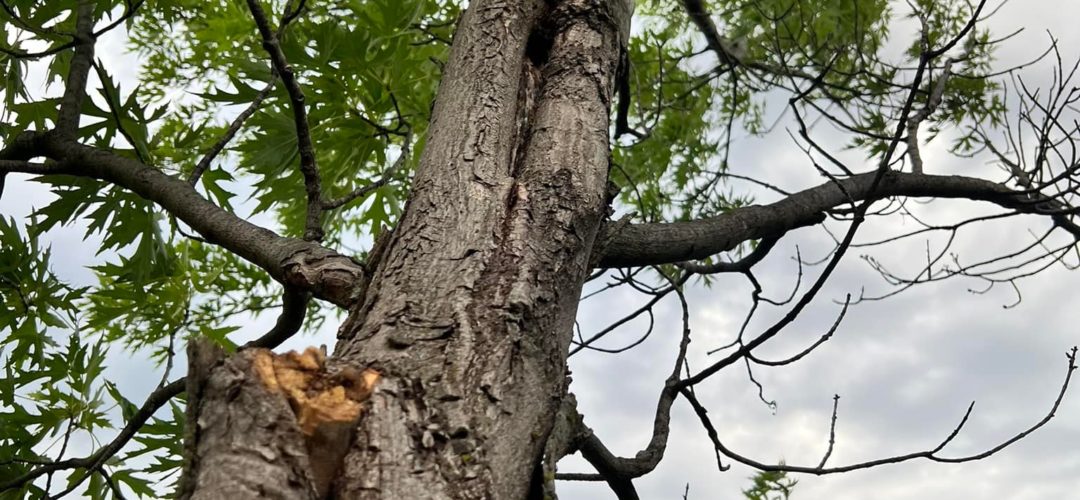The concept of trees having legal rights is an evolving and debated topic. Some legal frameworks and environmental movements argue for recognizing the rights of nature, including trees, in an effort to protect ecosystems and promote environmental sustainability. The specific recognition of legal rights for trees varies across jurisdictions and is not universally accepted.
One example is the Rights of Nature movement, which seeks to grant legal standing to ecosystems and natural entities, including trees. In certain places, legal instruments or ordinances have been enacted to recognize the rights of nature. For instance, the Constitution of Ecuador (2008) explicitly recognizes the rights of nature, and some local laws in the United States have also embraced similar principles.
These legal approaches often grant ecosystems or specific natural entities the right to exist, flourish, regenerate, and evolve. The idea is to shift from viewing nature as mere property to recognizing it as a subject with intrinsic value and rights.
The concept of giving legal rights to trees is not universally accepted, and the legal frameworks around this idea are still evolving. The discussion involves complex legal, ethical, and environmental considerations, and perspectives on the matter can vary widely.






